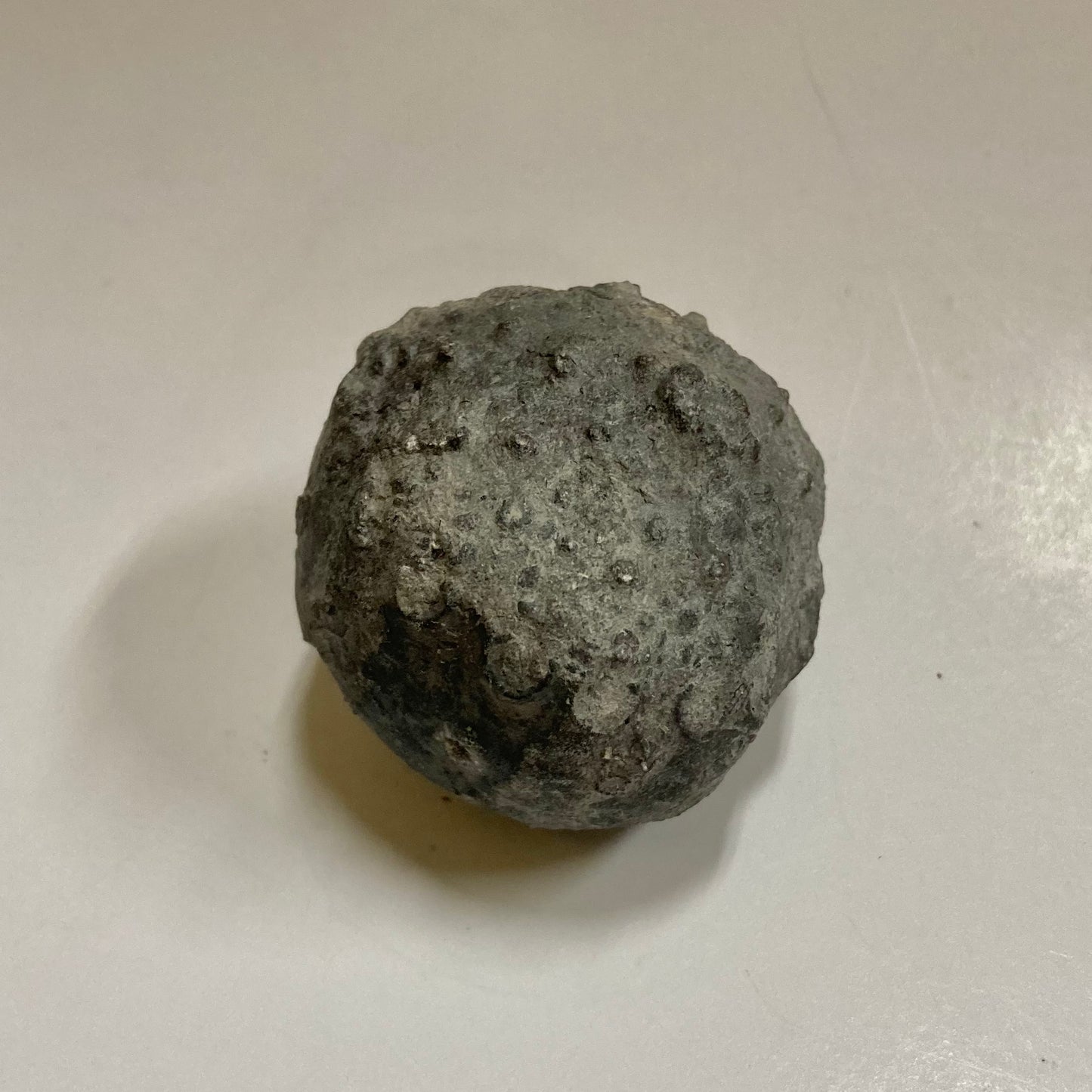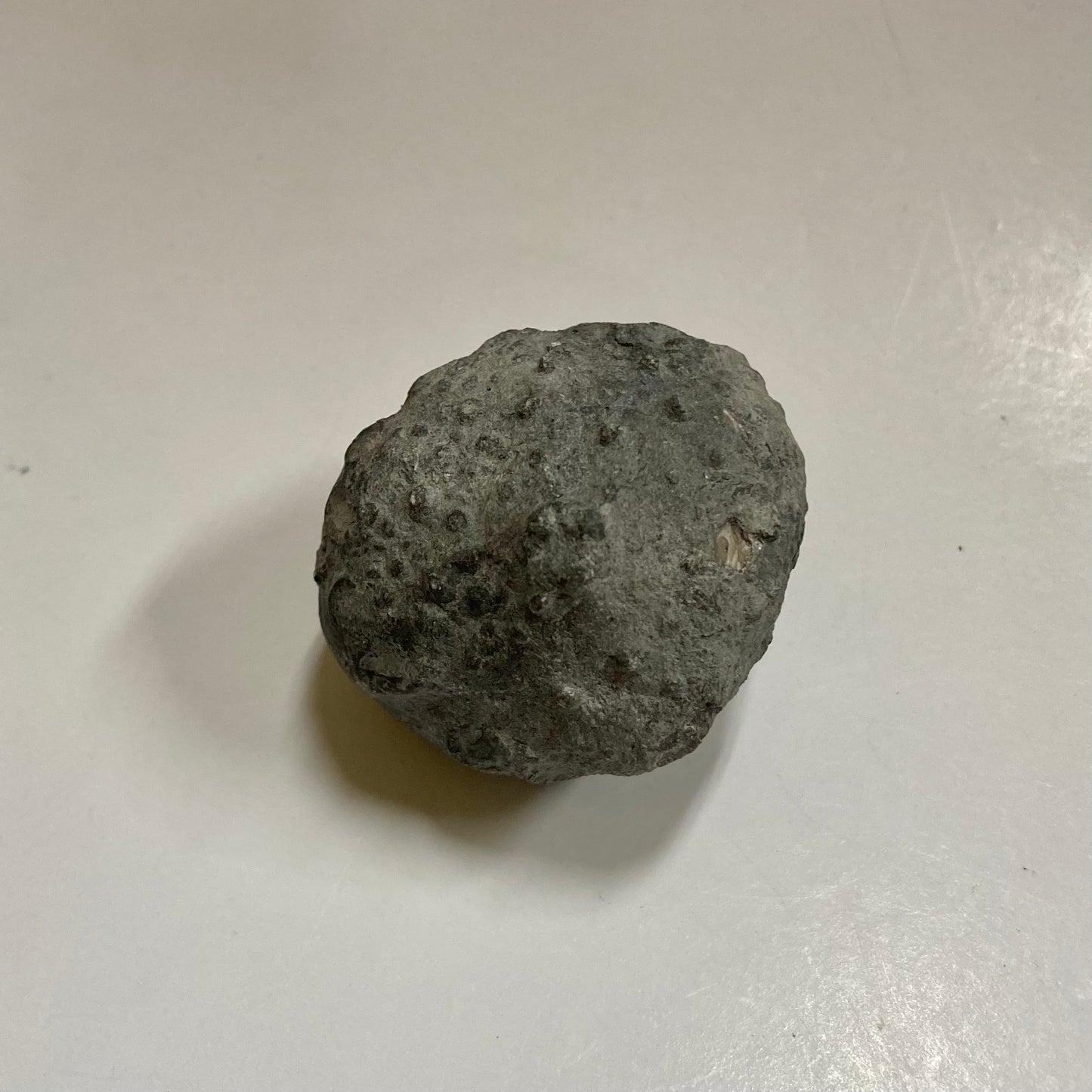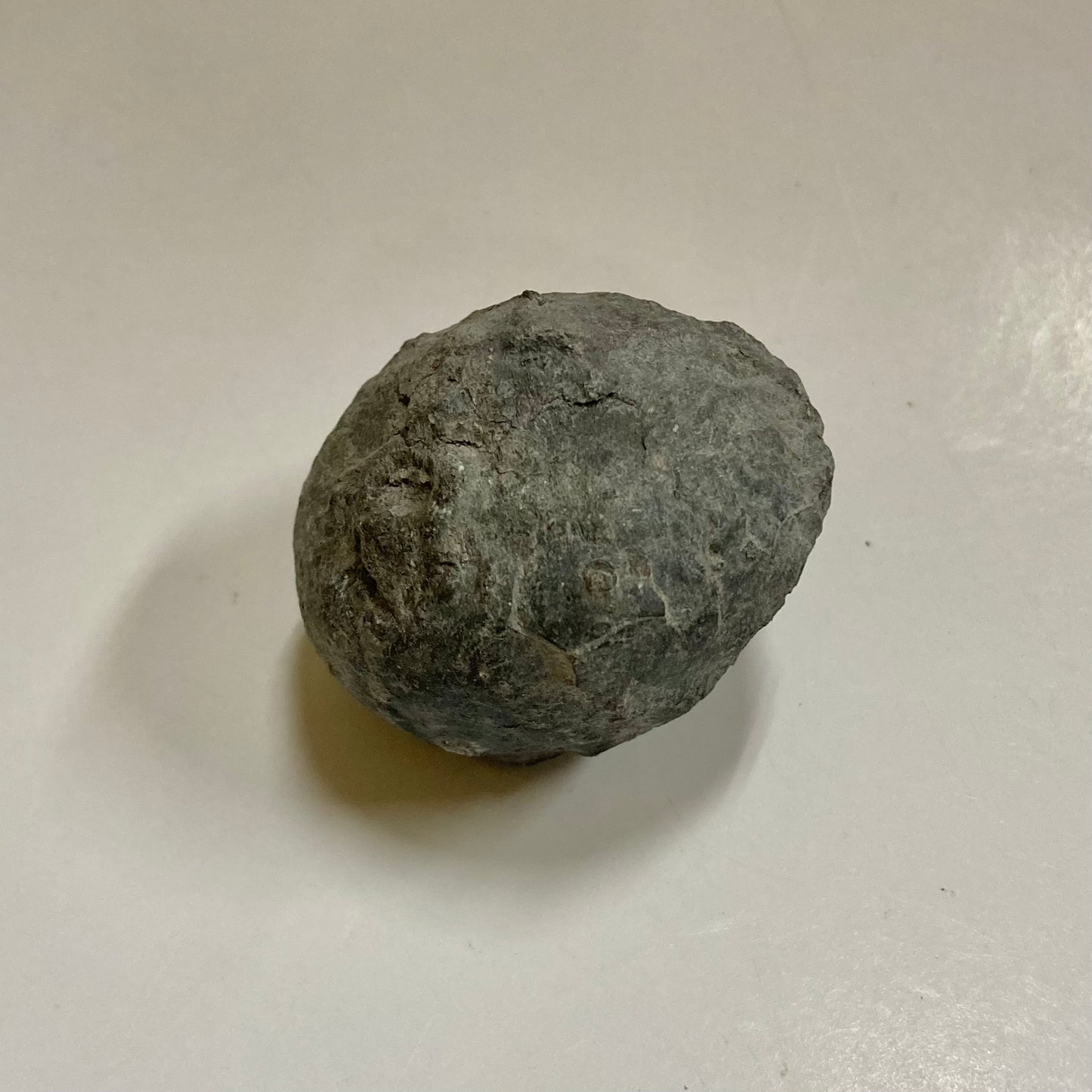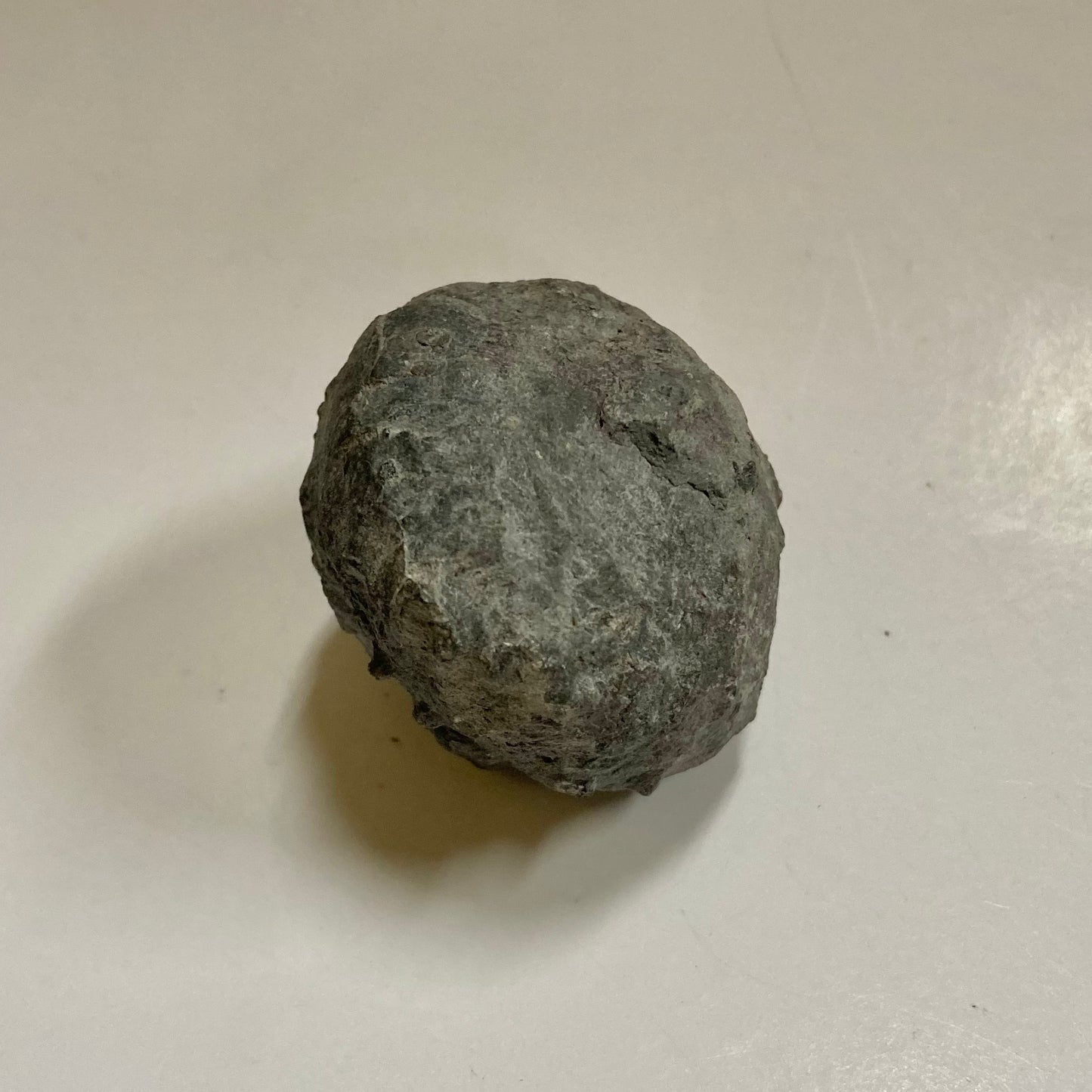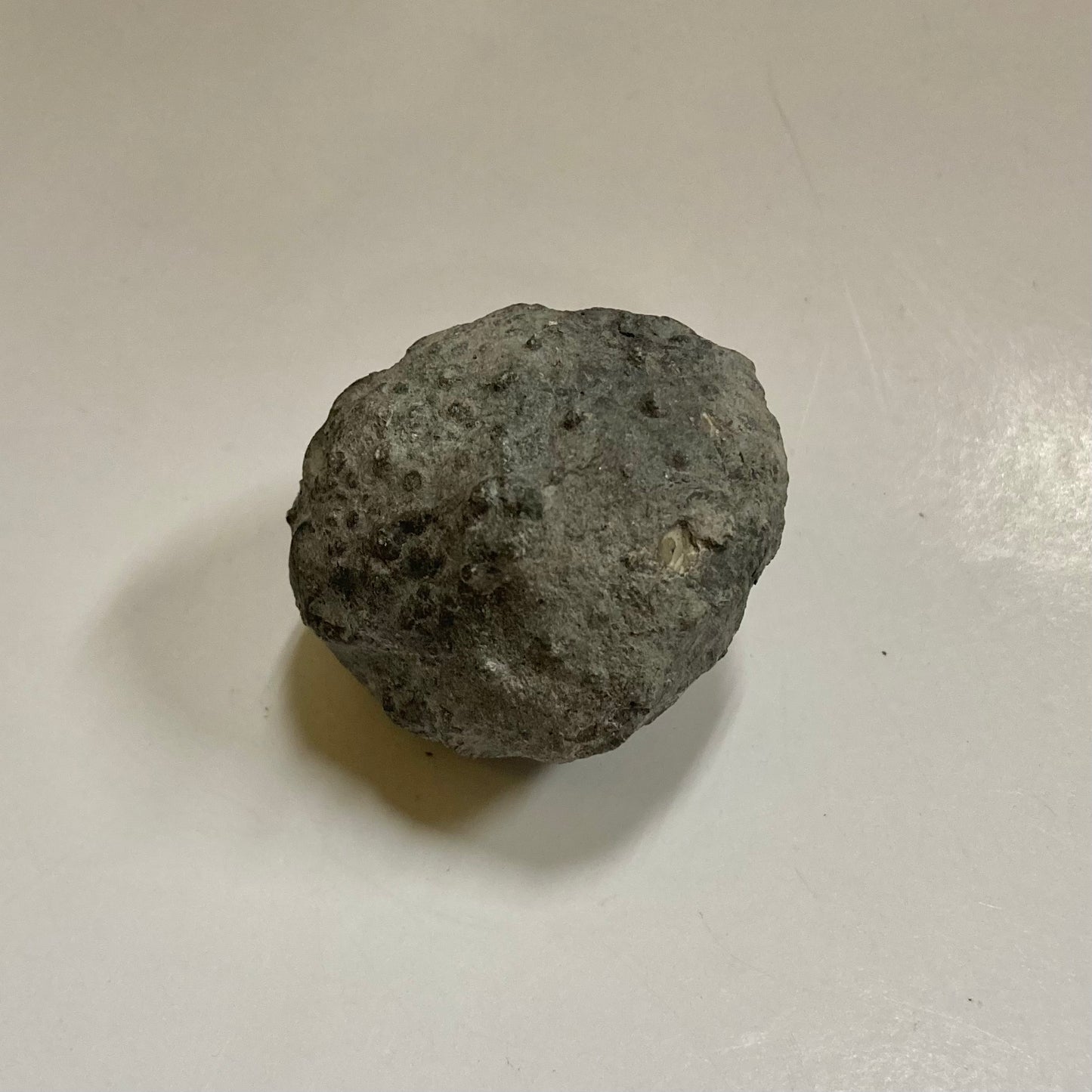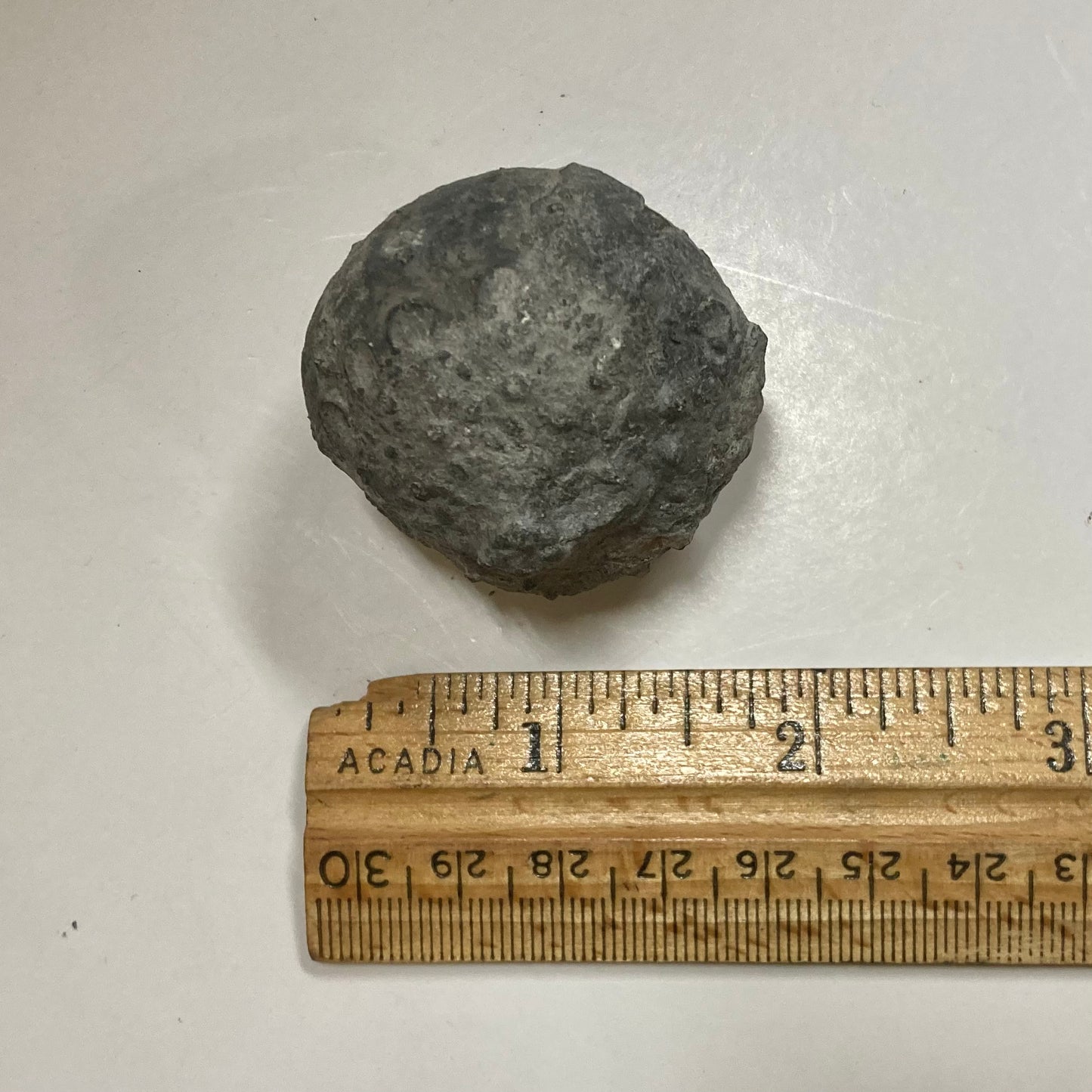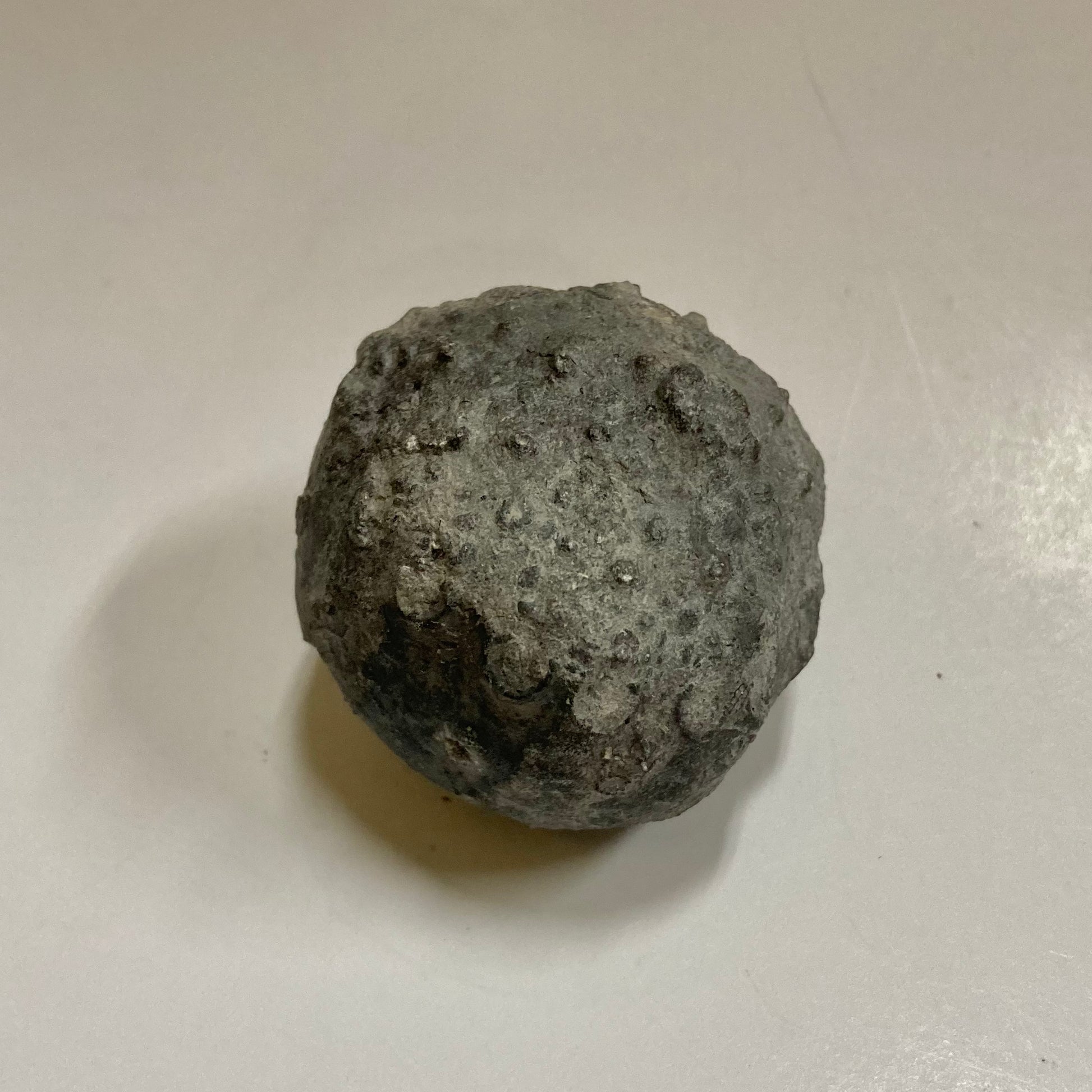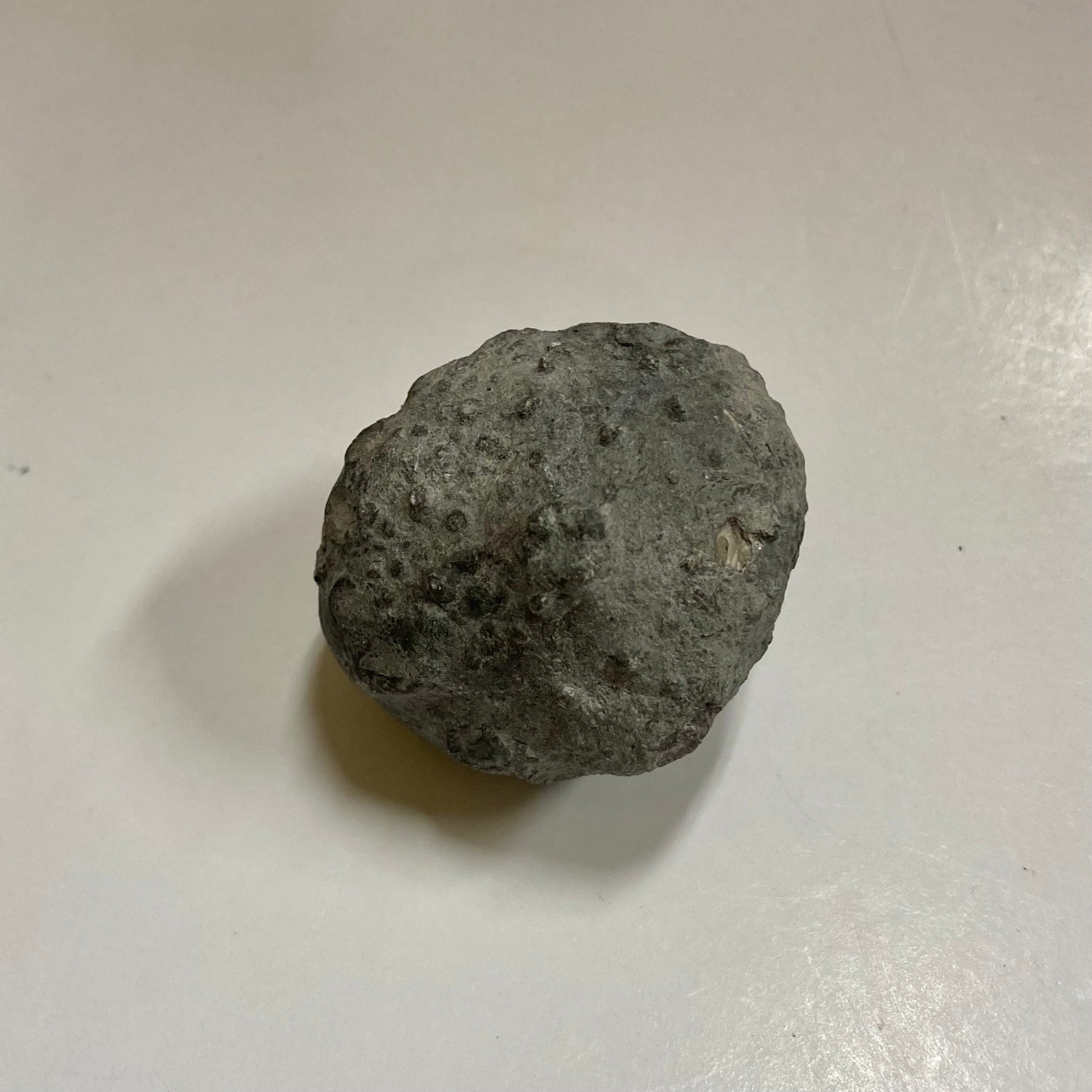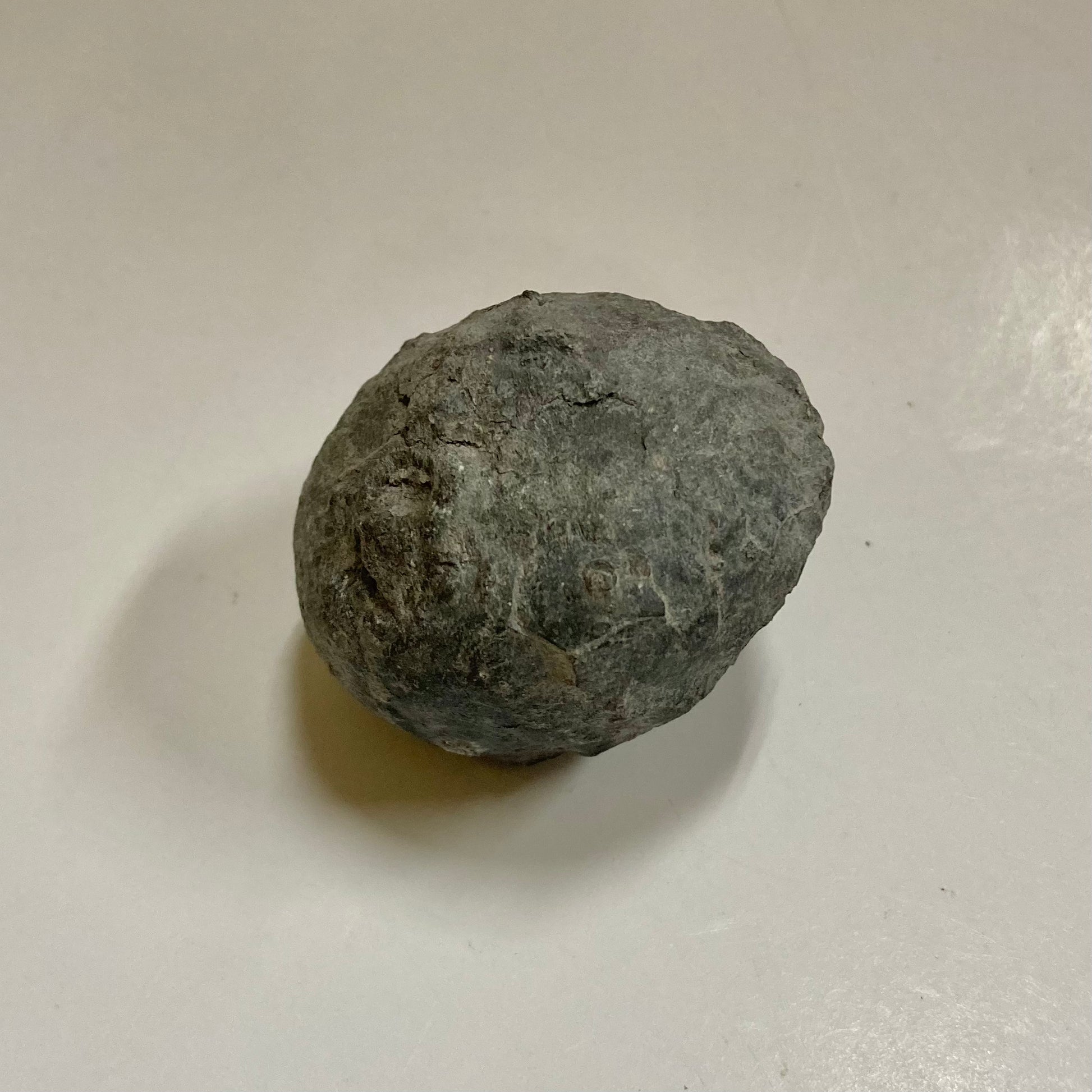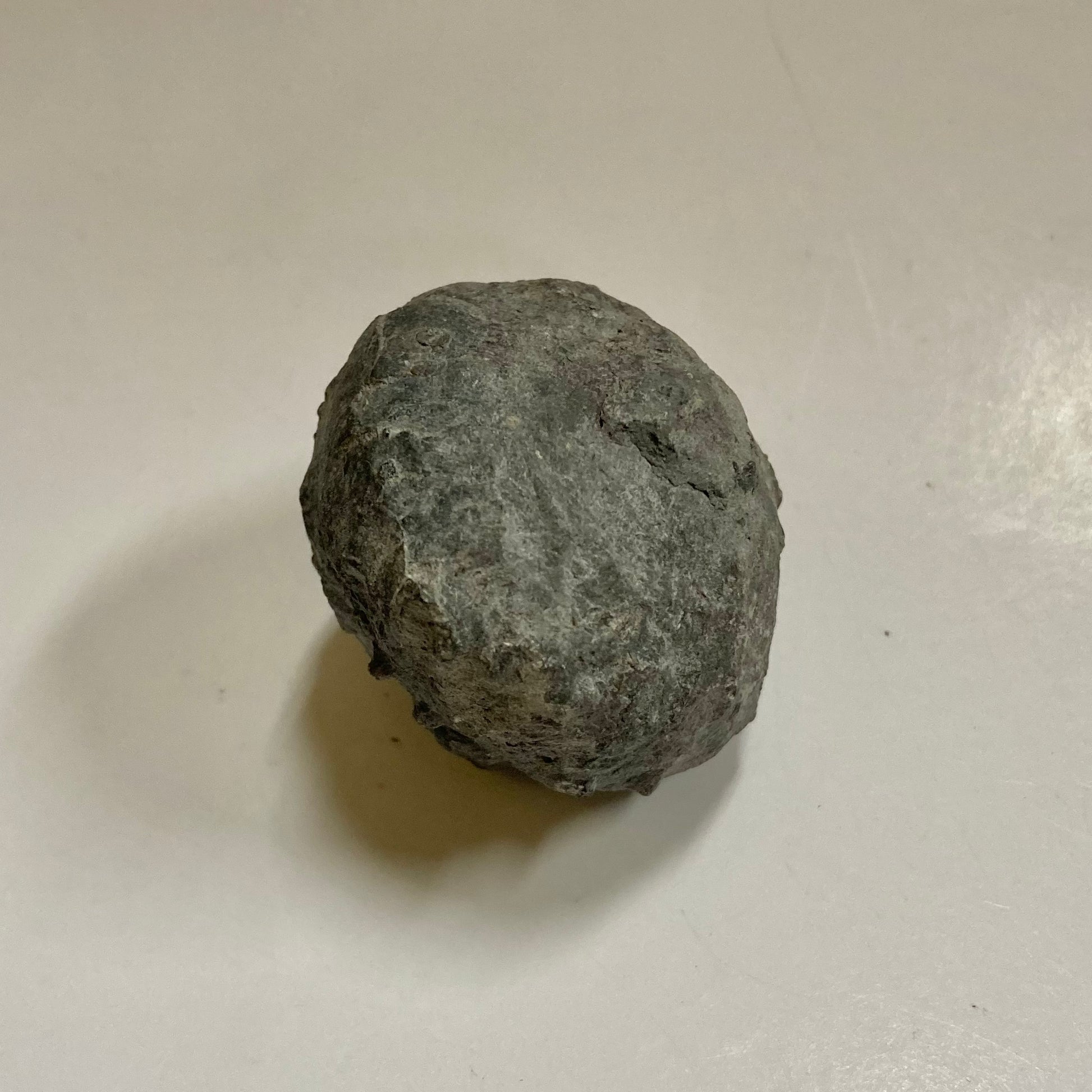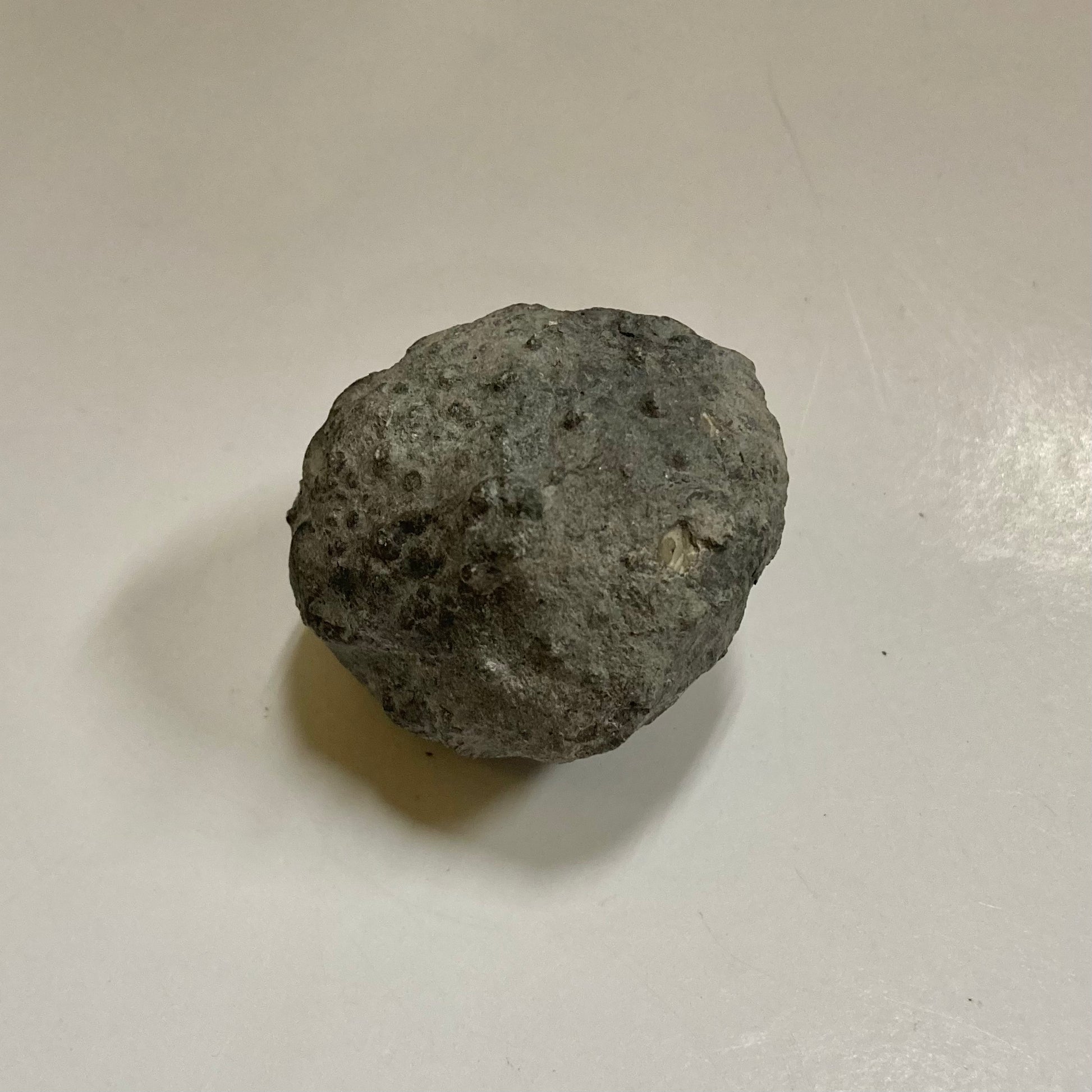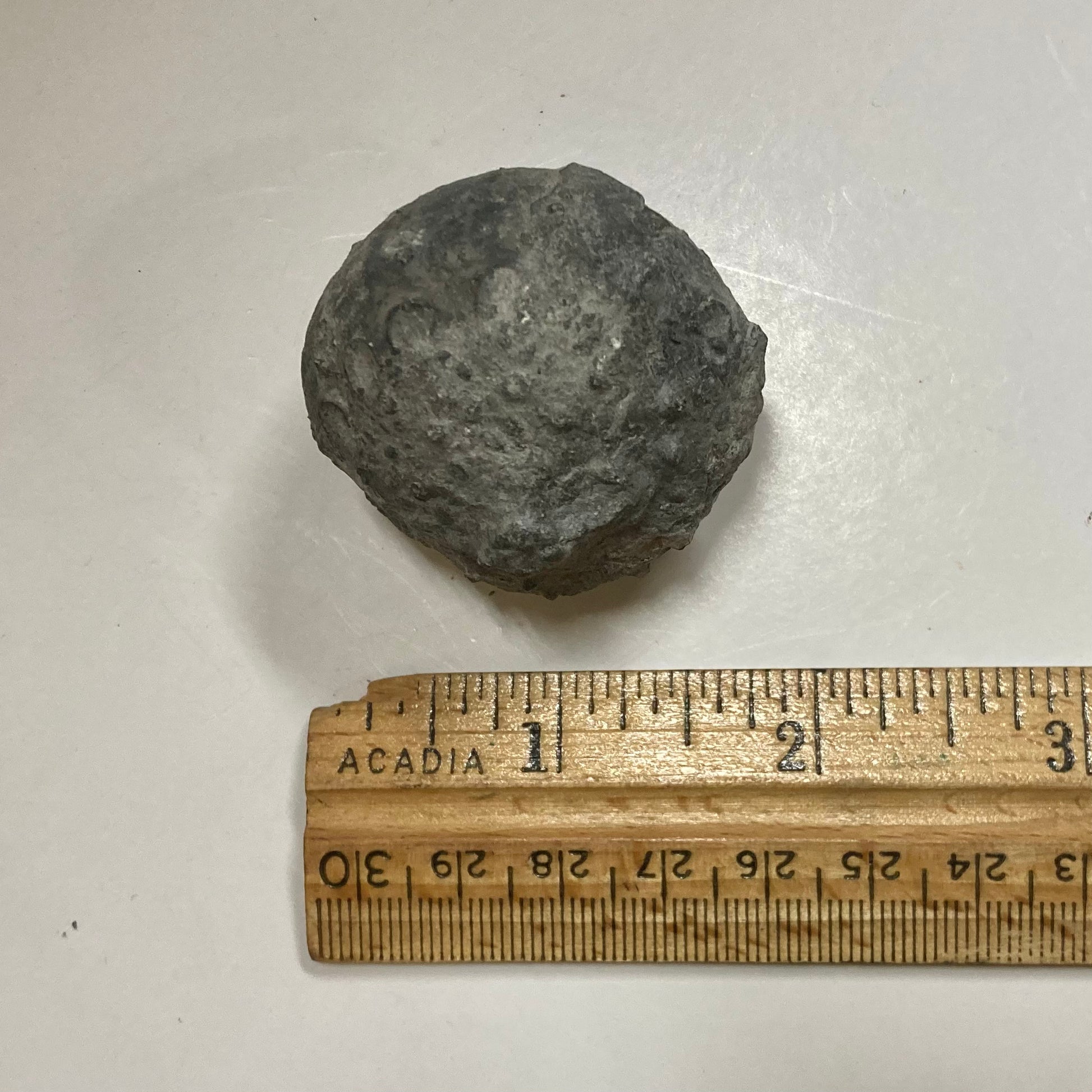Past & Present Science and Nature Store
Crinoid Calyx - Pithocrinus cooperi
Crinoid Calyx - Pithocrinus cooperi
Couldn't load pickup availability
This is a Pithocrinus cooperi crinoid calyx from Michigan.
The globe-shaped calyx is the body where the arms and stem of the crinoid branch off of. It is often the only part of the crinoid that stays preserved because the rest of the appendages usually decay before having a chance to fossilize.
Crinoids are referred to as "sea lilies," but are actually animals most closely related to starfish, sea urchins and brittle stars. The largest known fossil crinoid specimen is 130 feet long.
Like other members of their phylum, crinoids have tube feet, a water vascular system, radial symmetry and appendages in multiples of five. They have a segmented stem; a calyx where the body is and where digestion and reproduction happens; and the arms where they filter food from the environment.
The earliest known crinoids appeared over 480 million years ago and there are still species alive today. Most species attached themselves to the sea floor, but some are known to have been free-swimming.
Type: Crinoid Calyx
Species: Pithocrinus cooperi
Age: Middle Devonian (390-380 million years old)
Formation: Alpena Limestone
Locality: Alpena, Michigan
Size: 1.5 x 1.63 x 1.19 inches
Weight: 2.55 oz.
Share
